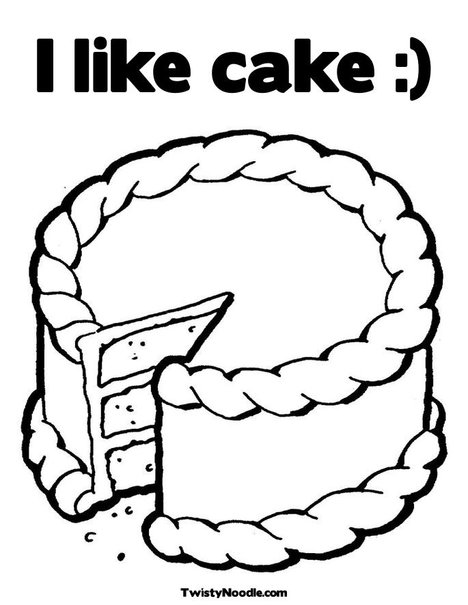Discussion
This is frying my brain, I can't think of a single way of explaining this properly.
http://io9.com/the-wheel-paradox-that-stumped-aris...
http://io9.com/the-wheel-paradox-that-stumped-aris...
The smaller wheel must skid along the path. It cannot be 'in contact' - it both other and inner wheels were locked on to their respective surfaces/paths then the whole wheel would be 'locked'.
Think of it as a gear-pair out a gearbox with with 3 difference sizes of gear. You could not engage them simultaneously onto another gear. Or imaging that it's the smaller wheel on a table or similar controlling the speed. If the outer wheel is fee to rotate then fine, but it it was touching the floot the wheel-pair would stop.
Quays to the left; quays to the right. It's a paradox.
Think of it as a gear-pair out a gearbox with with 3 difference sizes of gear. You could not engage them simultaneously onto another gear. Or imaging that it's the smaller wheel on a table or similar controlling the speed. If the outer wheel is fee to rotate then fine, but it it was touching the floot the wheel-pair would stop.
Quays to the left; quays to the right. It's a paradox.
OldJohnnyYen said:
This is frying my brain, I can't think of a single way of explaining this properly.
http://io9.com/the-wheel-paradox-that-stumped-aris...
The link itself explains it in two different ways. This is not a paradox. Nor is it science.http://io9.com/the-wheel-paradox-that-stumped-aris...
It is not a paradox, but a false argument, because it uses a false premise, and incomplete data. It presumes that the smaller wheel travels at the same speed as the larger. What the small wheel does is to travel a shorter distance, in the same time, AT A SLOWER SPEED, so that it completes a complete turn in the same time as the larger wheel.
John
John
I think the inner wheel travels at exactly the same speed as the outer wheel, but in a linear direction. The reference point on the circumference of the inner wheel does not follow a circular track like the reference point on the outer wheel, more like the longer curved side of an ellipse.
Consider the analogy of the shortest distance between two points....
Consider the analogy of the shortest distance between two points....
Gassing Station | Science! | Top of Page | What's New | My Stuff





